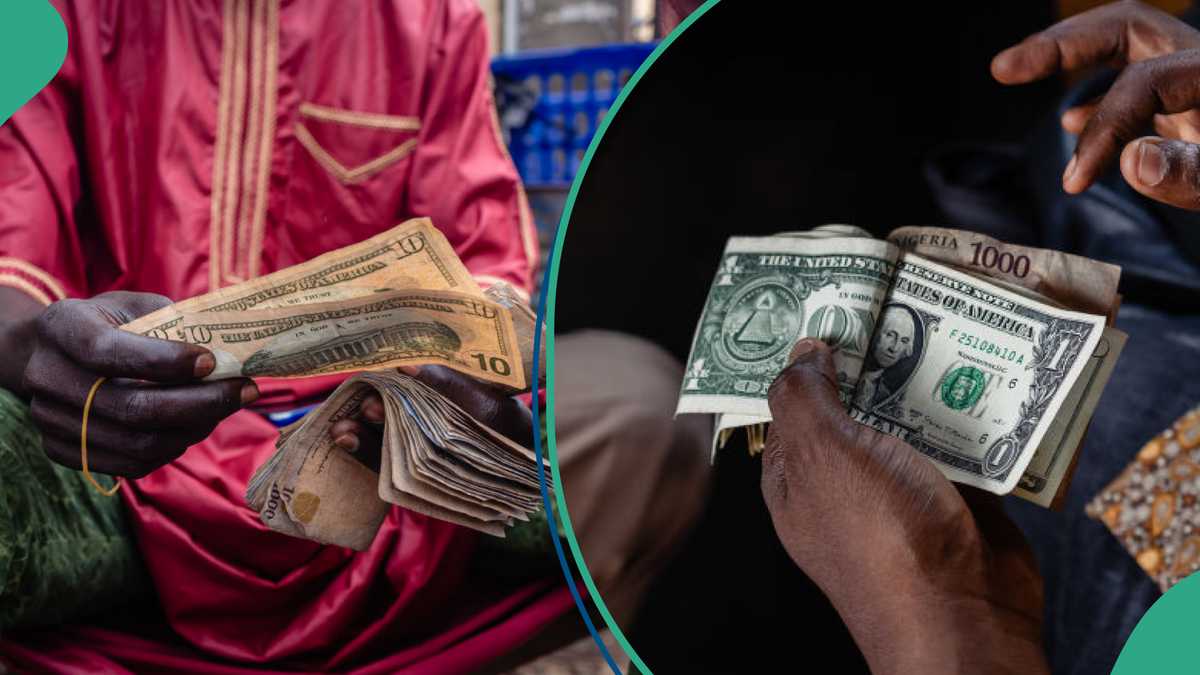Amid uncertainty, naira projected to depreciate by six per cent in 2025
In the face of continued economic vulnerability and uncertainty across the continent, major economies like Nigeria, Egypt, Ethiopia and Ghana, are expected to see currency losses of six per cent or more, driven by declining export earnings, global financial volatility, and internal economic pressures.
This is according to a new report from the African Development Bank (AfDB), which also warned that 21 out of 54 African currencies are projected to depreciate against the U.S. dollar this year.
The report, published in the African Economic Outlook 2025, highlighted the impact of global uncertainty on the stability of African currencies over the next year. Geopolitical tensions, worsened by U.S. trade tariffs, have tightened global financial markets and increased borrowing costs, reducing access to dollar-denominated capital for many African nations.
The Naira, which is still recovering from a major devaluation in 2023 by this administration, remained under massive pressure despite recent market reforms. This is just after Central Bank of Nigeria (CBN) Governor, Olayemi Cardoso, said that volatility in Nigeria’s FX market has significantly declined, dropping below 0.5 per cent, attributing it to monetary and fiscal reforms aimed at stabilising the macroeconomic environment.
The report further noted that the depreciation trend is largely attributed to potential declines in export earnings, which may put pile pressure on national currencies.
On the other hand, it anticipated that currencies in Kenya, Morocco and the CFA franc zone, will appreciate by more than three per cent against the dollar, supported by stronger market fundamentals.
The Kenyan shilling and South African rand have both rebounded, supported by increased investor inflows and political stability. Kenya, in particular, saw a surge in portfolio investment after a successful Eurobond buyback. In contrast, currencies of countries such as Guinea, Mauritania and Seychelles faced continued depreciation pressures, reflecting macroeconomic challenges and fragile market conditions.
The report further highlighted that most other African currencies experienced relative stability or appreciation, particularly those pegged to the euro. The CFA franc, Cabo Verdean escudo, São Tomé and Príncipe dobra, and Comoros franc remained largely stable, benefiting from the euro’s stabilisation against the dollar last year.
Meanwhile, gold has become a strategic fallback for countries like Zimbabwe and South Sudan, seeking to hedge against currency instability.










